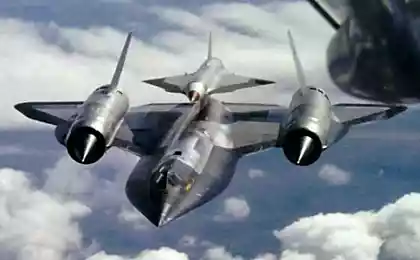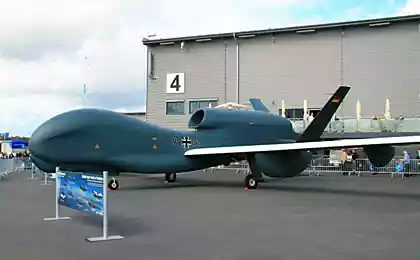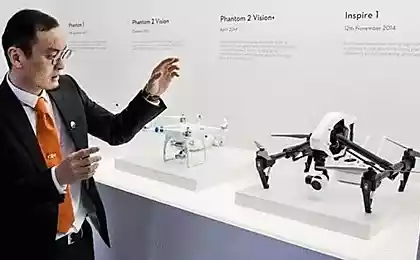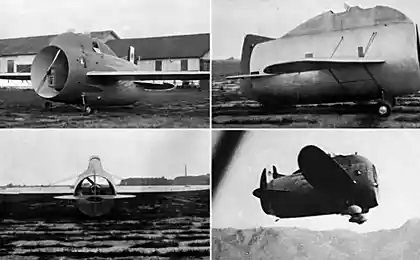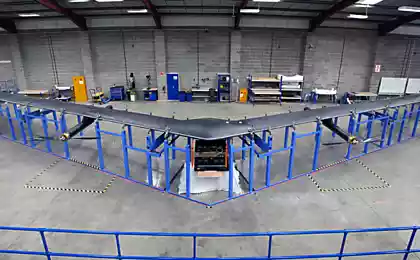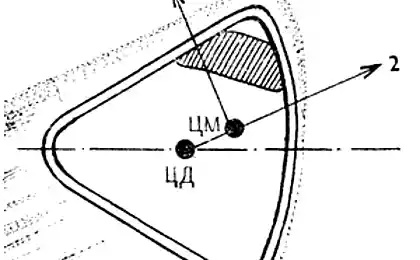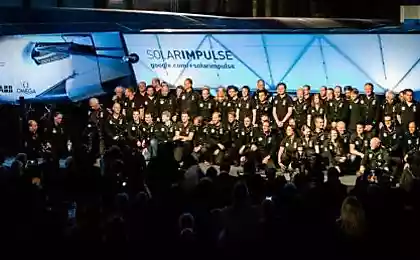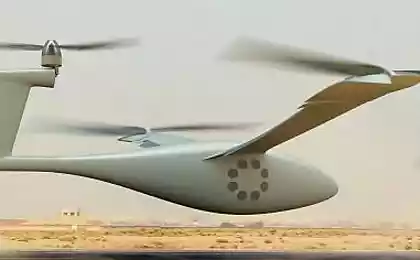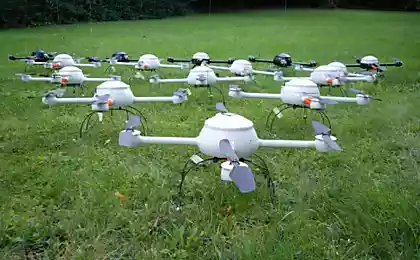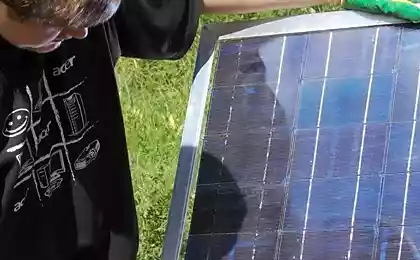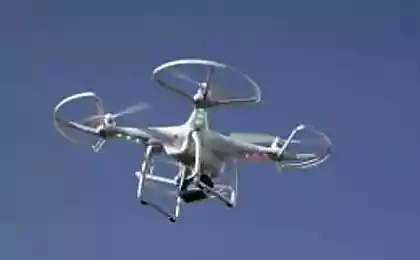1576
Unmanned solar-powered flight going to run in 5 years

It is understood that the company Titan Aerospace created a "solar" Solara 50 UAV capable to hold in the air is not a week or month, and as many as five years. In this case, the device will not just "hang" in the air and perform socially useful activities, including aerial photography. Conducted this survey will be from a height of about 20 kilometers, so someone can see in this spy and intentions. In general, the project is quite open, so it is unlikely it all starts to work exclusively with "espionage" purpose.
The device, in addition to its own weight, can take flight even 31 pounds of additional conditions, including scientific equipment. Despite the fact that the UAV is powered by solar panels, the device can fly at night due capacious batteries. It is worth noting also that the Solara 50 uses a large engine with a propeller.
Developers, by the way, explained why, as a working height is chosen height of 20 kilometers (plus or minus 5.4 kilometers). The fact is that at this altitude UAV photocells are always open sunlight, clouds, except transparent pearl and silver (very rare also) at a height not happen. Yes, and strong winds common to the lower layers of the atmosphere, either. So drone without any problems can be held at a predetermined height by one of its screws.
It is understood that the device can perform aerial photography to order, and this work will be very cheap: about five dollars per square kilometer, although usually picture a square kilometer surface of the planet from a satellite worth several times more (from $ 35 and up).
Perhaps, Solara 50 can perform the work "network cell", providing the region's ties with a diameter of 60 kilometers (here we can recall a project from Google, where it is planned to provide network access to remote regions by means of balloons).
Now developers have a plan to start work in a larger UAV, Solara 60. This UAV can lift a payload of 115 kilograms already on that very much.
At Solara 50 wingspan too big already, and is 50 meters. On the wings on the upper surface, arranged photocells, there are only about three thousand (up to 7 kW). UAV is launched from a catapult and lands right on the "belly", covered with Kevlar.
Solara Flight 50 will take place next year.
Via wired
Recipes young Israelis to pacify the religious fanatics
Themis - the pagan goddess - so the Orthodox states - Illegal

